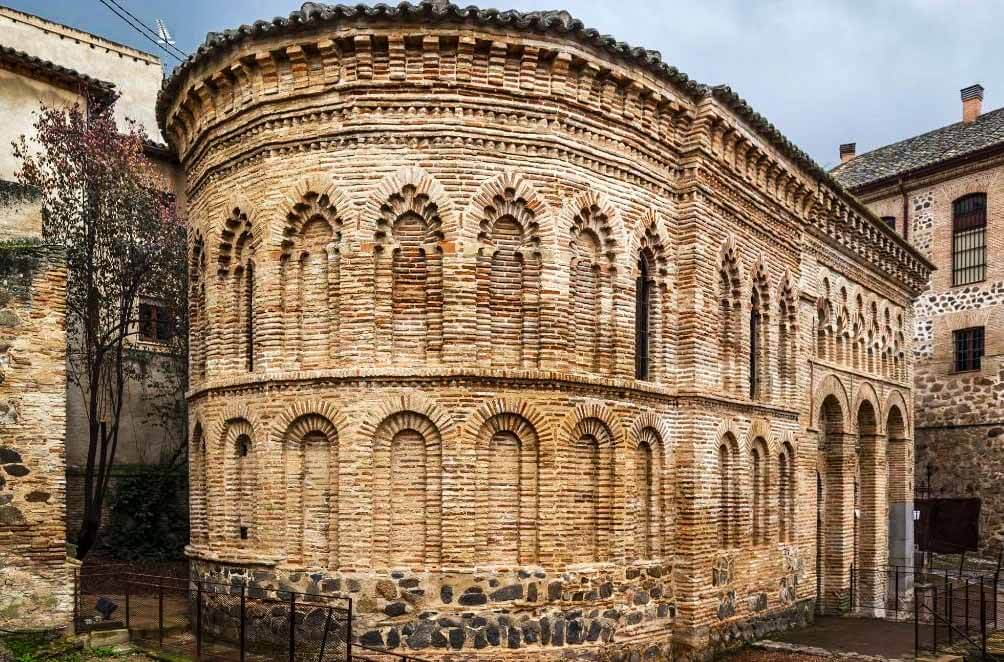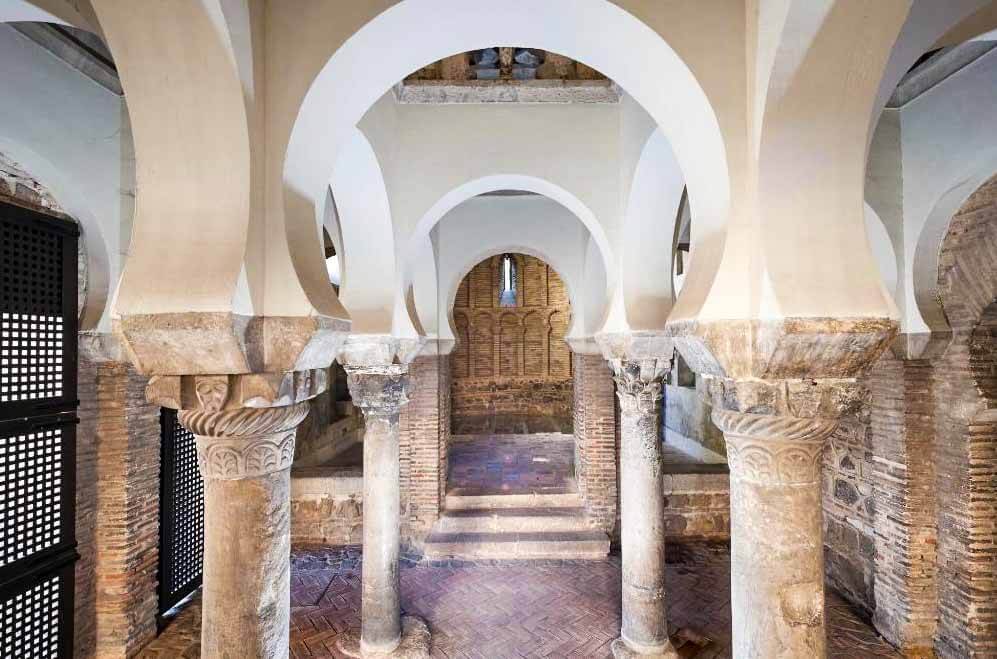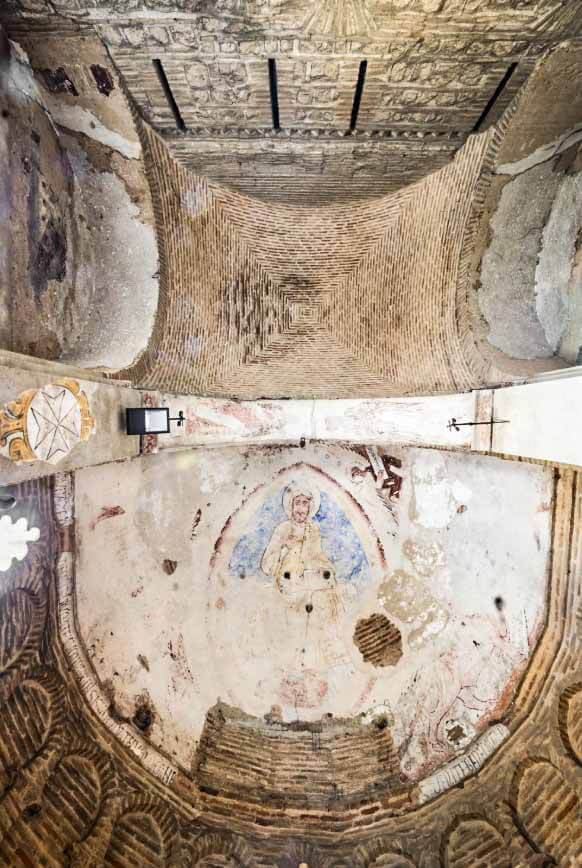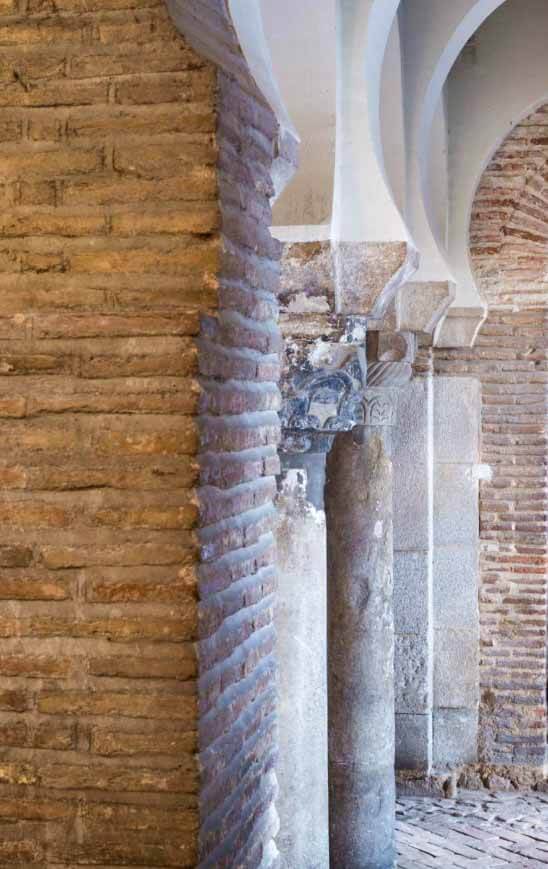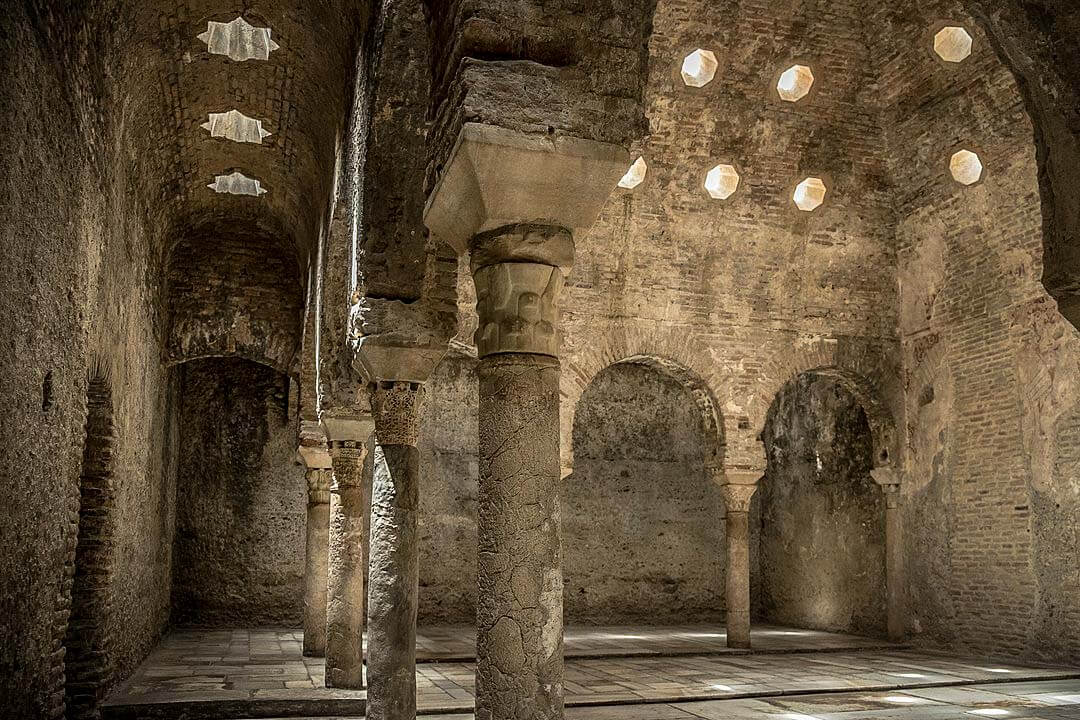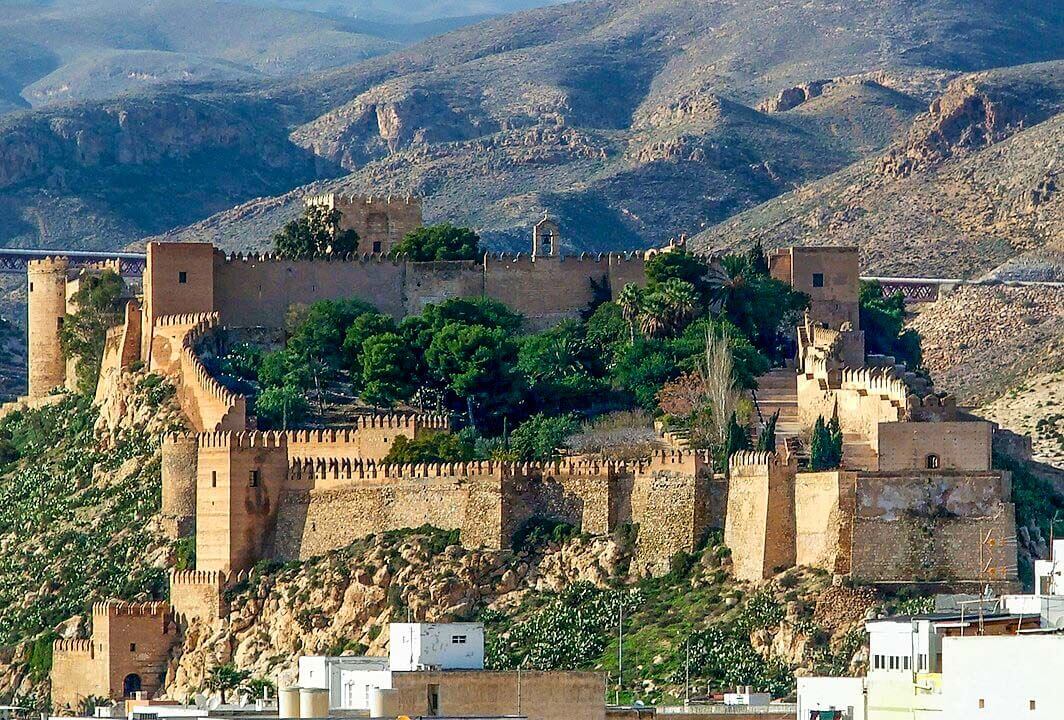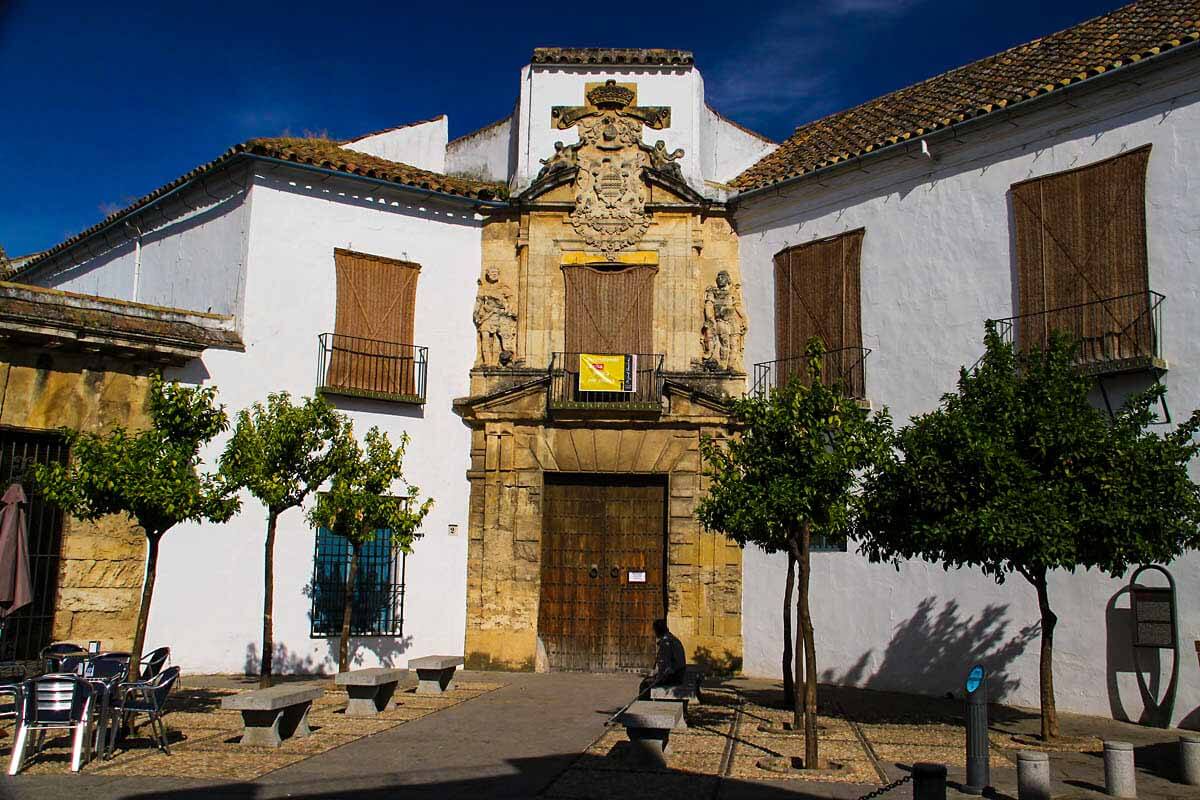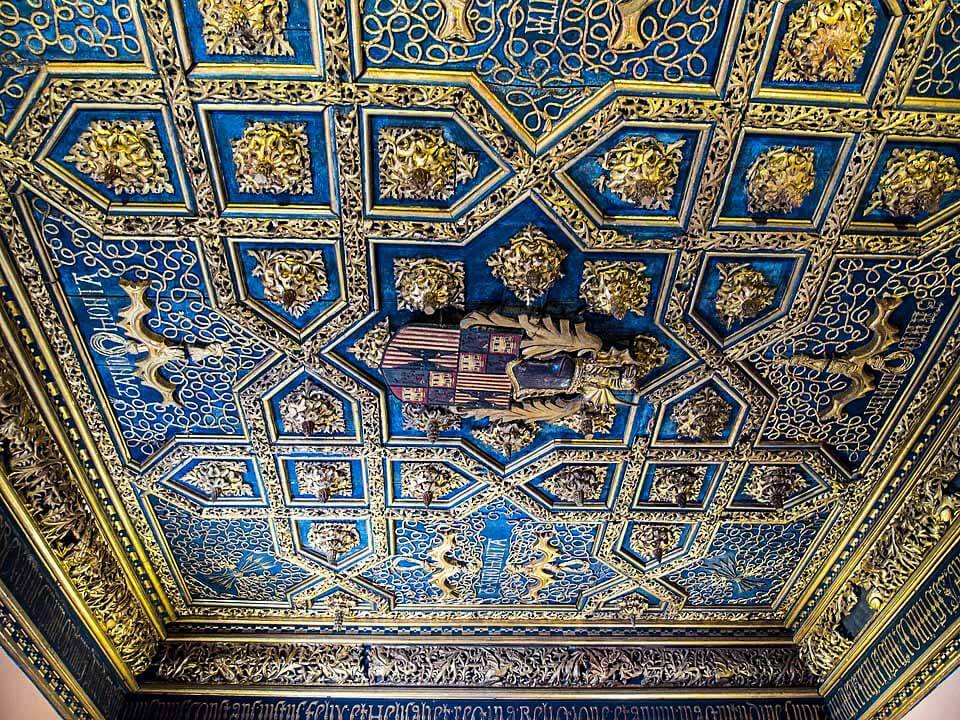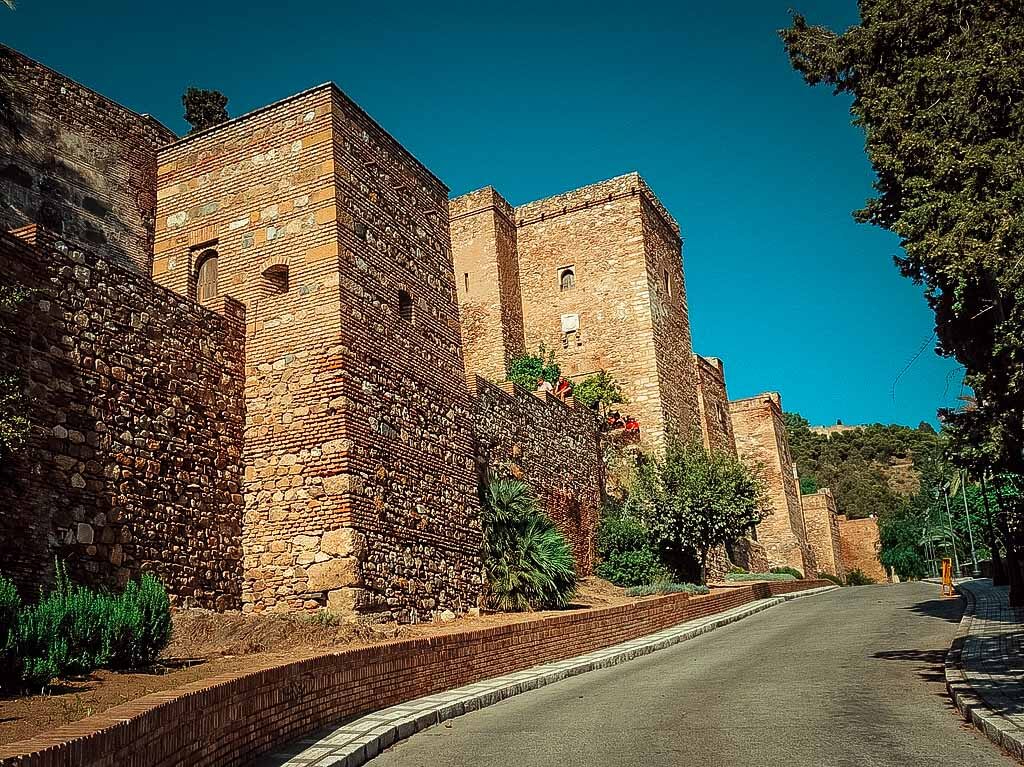Toledo, Spain
Coordinates: 39.860556, -4.024250
The Mosque of Cristo de la Luz is a former mosque in Toledo, Spain.
It is the one of the ten that existed in the city during the Muslim period.
It was built in 999 during the Ummayed dynasty and the patron was Ahmad Ibn Hadidi. The Arabic inscription in Kufic on the building states that Musa Ibn Ali built it.
The edifice was then known as Mezquita Bab-al-Mardum, deriving its name from the city gate Bab al-Mardum.
It is located near the Puerta del Sol, in an area of the city once called Medina where wealthy Muslims used to live.
History
An inscription written with brick in Kufic script on the south-west facade reveals the details of the mosque’s foundation:
Bismillah (in the name of Allah). Ahmad ibn Hadidi had this mosque erected using his own money requesting a reward in paradise for it from Allah. It was completed with the aid of Allah under the direction of Musa ibn Alí, architect and Sa’ada, and concluded in Muharram in 390 Hijri
Legend has it that a shaft of light guided the king to a figurine of the crucified Christ that had been hidden for centuries. He left his shield there with the inscription, “This is the shield which the King Alfonso VI left in this chapel when he conquered Toledo, and the first mass was held here”.
In 1186, Alfonso VIII gave the building to the Knights of the Order of St John, who established it as the Chapel of the Holy Cross (Ermita de la Santa Cruz). It was at this time that the mosque was renamed and the apse was added.
Architecture
It has a square shape which measures 8m by 8,m or about 26 feet by 26 feet long and has a semicircle part attached to it which is the head of the cross shape.
It was added to the back of the building in the 12th century even though the building is square since it was converted in to a church, they tried to make it seem more Christian like adding features from Christian churches that were typically cross shaped.
It is an example of Mudejar (originally the term used for Moors or Muslims of Al-Andalus) architecture from the altar, domed part, and transept (arms of the cross shape).
King Alfonso VIII decided to give the building to the Order of the Hospital of the Holy Cross in 1182. Christian elements were added to it after such as the semi circle dome at the top of the altar and murals of Christian figures. One of which is located in the east end of the church of Christ.
The building was influenced by other mosques such as Great Mosque of Cordoba from the blind arches and the vaults(arched roof).


